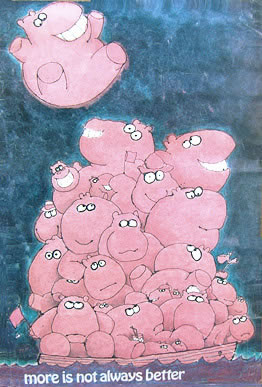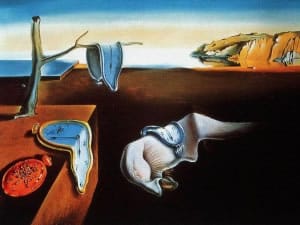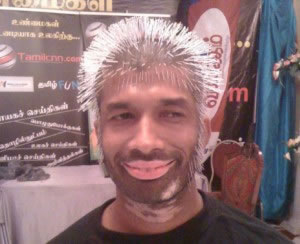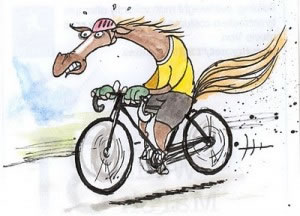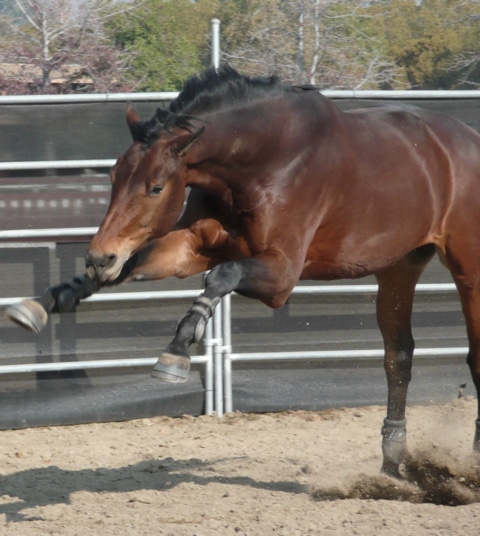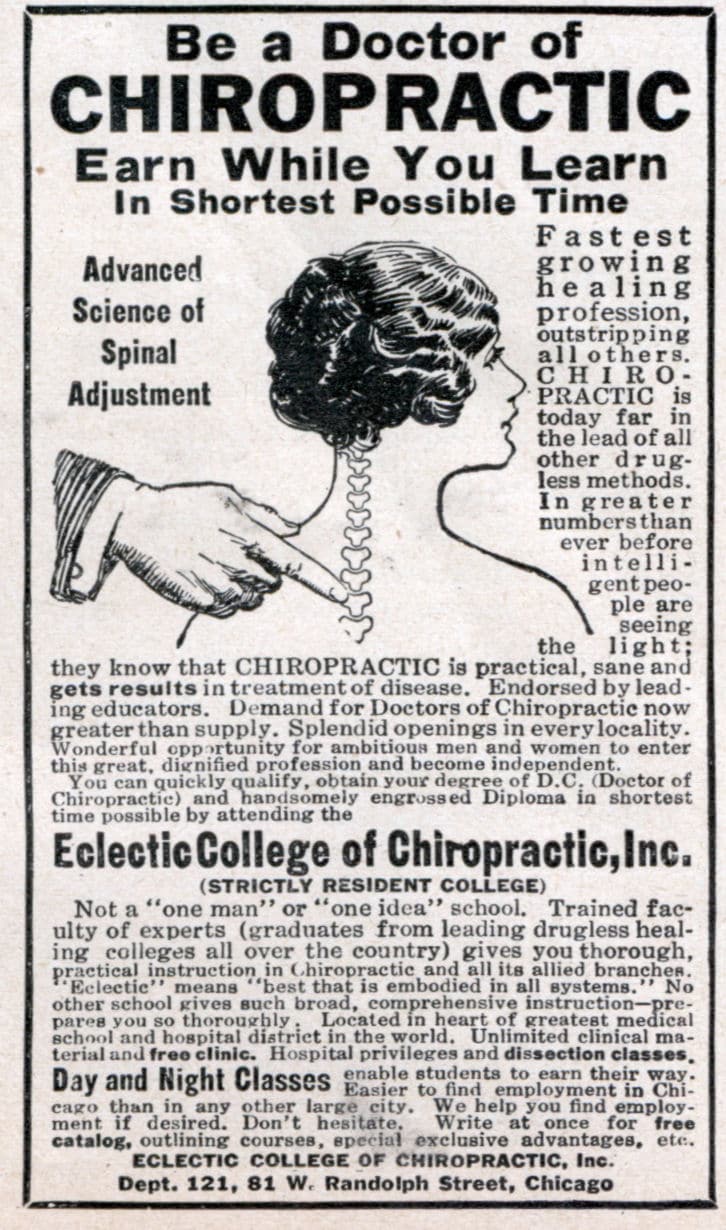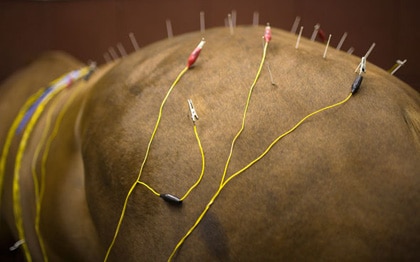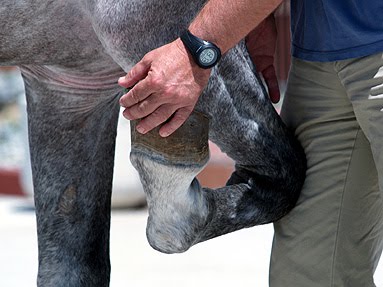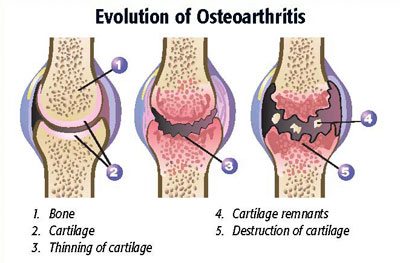 Have you ever heard the phrase, “Therapeutic intent?” Therapeutic intent refers to a specific endpoint that you’re looking for from a particular treatment. So, for example, if your horse has a bacterial infection, and you give him some antibiotics, your therapeutic intent is to kill the bad bacteria so that he’ll get better. Simple, right?
Have you ever heard the phrase, “Therapeutic intent?” Therapeutic intent refers to a specific endpoint that you’re looking for from a particular treatment. So, for example, if your horse has a bacterial infection, and you give him some antibiotics, your therapeutic intent is to kill the bad bacteria so that he’ll get better. Simple, right?
Not so much. There’s another phase that comes to mind. “The road to hell is paved with good intentions.” (By the way, that phrase is REALLY old, perhaps originating riginated with Saint Bernard of Clairvaux, way back in 1150 AD (when the University of Paris was founded, if you were wondering). Saint Bernard – always a cut-up, and the life of the cloister – said, “L’enfer est plein de bonnes volontés et désirs” (hell is full of good wishes and desires).
Now the reason that I bring this up is that there are lots of people doing lots of things to horses out there with the best of intentions. Unfortunately, there’s also no reason to believe that whatever it is that they are doing is actually doing what they say it does. And one of the things that drives me absolutely nuts is the concept of “increasing circulation” of the blood.
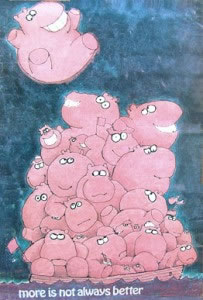 I’ll say this. If there’s no blood going to an area, bad things happen. So, for example, if there’s no blood going to the tip of your finger, as may happens in sever frostbite, the tip of your finger will fall off, which, generally, is considered a bad thing when it comes to medical outcomes. And, certainly, blood is a good thing, being responsible for all sorts of important critically functions in the horse’s body (CLICK HERE to read about some of the most important functions of blood). And. insofar as some of those functions of blood go, you can make a pretty persuasive theoretical argument that, to a certain extent, more’s the better. You can think of all sorts of places where it might be good to have more nutrients, or more oxygen, or more removal of waste. In fact, that’s one heck of a good therapeutic intent.
I’ll say this. If there’s no blood going to an area, bad things happen. So, for example, if there’s no blood going to the tip of your finger, as may happens in sever frostbite, the tip of your finger will fall off, which, generally, is considered a bad thing when it comes to medical outcomes. And, certainly, blood is a good thing, being responsible for all sorts of important critically functions in the horse’s body (CLICK HERE to read about some of the most important functions of blood). And. insofar as some of those functions of blood go, you can make a pretty persuasive theoretical argument that, to a certain extent, more’s the better. You can think of all sorts of places where it might be good to have more nutrients, or more oxygen, or more removal of waste. In fact, that’s one heck of a good therapeutic intent.
But back to St. Bernard (who did not, by the way, give his name to the the big dogs that patrol the Swiss Alps). As much as you think you might want to increase blood circulation to an area, as much as you think that increasing circulation to a particular area might be a good thing, there are two sobering facts.
- You pretty much can’t.
- Even if you could, it might not be a good thing.
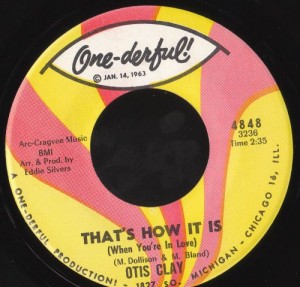 Look, here’s the deal. There’s only so much blood in the horse’s body. What it’s got is what it’s got. The system is closed. And blood is really important, so important, in fact, that there are all sorts of controls over the circulation of blood in the horse’s body. You simply can’t make it go one place just because you want it to because there’s, well, everywhere else in the horse’s body that needs blood, too. You can’t just direct it to go one place without some sort of compensation from another to keep the system in balance. You dilate the blood vessels in one place so there’s more room for blood, the body drops the blood pressure (which is one reason why people faint). So…
Look, here’s the deal. There’s only so much blood in the horse’s body. What it’s got is what it’s got. The system is closed. And blood is really important, so important, in fact, that there are all sorts of controls over the circulation of blood in the horse’s body. You simply can’t make it go one place just because you want it to because there’s, well, everywhere else in the horse’s body that needs blood, too. You can’t just direct it to go one place without some sort of compensation from another to keep the system in balance. You dilate the blood vessels in one place so there’s more room for blood, the body drops the blood pressure (which is one reason why people faint). So…
1. If somebody tells you that by rubbing your horse’s muscles, you’re increasing their circulation, and removing waste products and such, that person is just wrong.
QUICK ASIDE: The “Removing Waste Products” think is another bit of misplaced therapeutic intent. In one of its more common permutations, if seems that many folks seems to think that muscles get sore after excercise because of an accumulation of lactic acid, which, in some sense, is a waste product. However, lactic acid accumulation doesn’t cause exercising muscles to be sore. That’s clearly, and has been definitively proven to be, not the case
In fact, there’s even some evidence that massage can mechanically impeded blood flow (CLICK HERE to see the study). Now, I want to be clear, I have absolutely no problem if you want to pay for someone to come rub on your horse – your horse may even consider it as something of a treat (though some don’t). But just don’t do it because you somehow think that you’re doing something for the circulation.
2. The drug isoxsuprine used to be dispensed for lots and lots of conditions of the horse in hopes that it would somehow make some difference in blood flow to the horse (usually to his foot). If you’re doing that, you can stop. (CLICK HERE to read my article about isoxsuprine, and the persistence of memory). Good research has shown that isoxsuprine doesn’t increase blood circulation to the horse’s foot, or, specifically, to his navicular bone. it’s use for anything in the horse is pretty questionable – CLICK HERE to read about that.
3. Magnets used to be pretty popular, particularly in the 1990’s, and you still see people toting this or that magnetic blanket or boot around the barn. Magnetic therapy came to vogue in the late 1700’s, thanks to an enterprising Austrian doctor named Franz Mesmer (whose last name also gave us the word “mesmerized”). The fact is that magnets don’t increase circulation – in fact, back in 2000, I even co-authored a paper where I showed that it doesn’t affect blood circulation to the horse’s limbs (CLICK HERE to see the abstract) – and such a study has been repeated a couple of times. I think that the best use for a magnetic blanket at this point is to cut it up and use the magnets to hold paper notes and charming drawings from your kids on the refrigerator. At least you’ll get something out of it.
4. Acupuncture is touted to increase blood flow. You’ll even find some odd studies touting that effect. The thing is, when you stick a needle into tissue – injuring it, albeit slightly – you do get a short term dilation of blood vessels, which is what you’d expect if you stuck a needle anywhere. But this effect is short-term, it happens anywhere you stick the needle, and there’s absolutely nothing mysterious about it. It also hasn’t been shown to have any relevant clinical effect, so I figure, why bother?
5. There are more herbal preparations than I care to try to count that claim to increase circulation. No matter what their origin – “Chinese herbal medicine” has a certain cachet in some circles – they all suffer from the same lack of plausibility, and the same lack of evidence. Curiously, when it comes to herbs and tonics and such and blood circulation, the same claims have been made for over 100 years. In that regard, everything old is new again (CLICK HERE to read my article about that).
Interestingly, there are some rather bad medical conditions where there is an increase in circulation. This increase in circulation occurs because of an increase in blood vessels. This can happen, for example, on the eye, or in joints. When there are more blood vessels – with its attendant increase in circulation – this is actually a very bad thing. The condition is called pannus, and it’s very abnormal, and you have to try to treat it, although treatment can be very difficult (you can CLICK HERE to read pannus).
All that said, there definitely is one thing that works, insofar as circulation goes: exercise. No mystery here, either. Exercise increases the heart rate, which make blood travel more rapidly around the body. Get the heart beating, the blood moves faster, and there’s more circulation. And nobody is going to dispute the beneficial effects of exercise for both you and your horse.
 Anytime anyone starts talking about “increasing circulation” from a therapy, I tend to stop listening. Still, if you’re curious about a therapy, and you want to irritate the person who is telling you about how this or that product or service “improves” circulation, you can ask them how it does so, and why it would be beneficial, and what’s the evidence, and that sort of thing. On the other hand, if you don’t want to be confrontational, you could save yourself a lot of time by just smiling politely and waiting for the conversation to end. As much as we might think we’d really like to specifically direct blood circulation to an area, we really can’t. When it comes to “increasing circulation,” a good jog is likely to be just as beneficial as any service or therapy, and a whole lot less expensive, and probably a whole lot more fun!
Anytime anyone starts talking about “increasing circulation” from a therapy, I tend to stop listening. Still, if you’re curious about a therapy, and you want to irritate the person who is telling you about how this or that product or service “improves” circulation, you can ask them how it does so, and why it would be beneficial, and what’s the evidence, and that sort of thing. On the other hand, if you don’t want to be confrontational, you could save yourself a lot of time by just smiling politely and waiting for the conversation to end. As much as we might think we’d really like to specifically direct blood circulation to an area, we really can’t. When it comes to “increasing circulation,” a good jog is likely to be just as beneficial as any service or therapy, and a whole lot less expensive, and probably a whole lot more fun!

